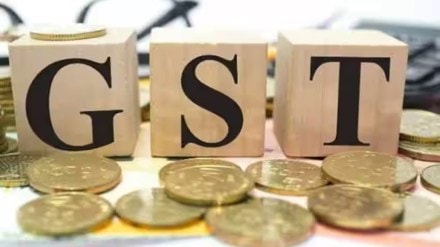The proposed restructuring of the goods and services tax (GST) will see lowering of tax rates for a wide range of items ranging from parantha and butter to washing machines and television sets; from toothpaste and shampoos to cement, small cars, bikes, and life and health insurance. However, the GST Council at its two-day meeting here from Wednesday may also decide to hike the taxes on a slew of items such as high-end apparel and cars, coal, online gaming, and even electric vehicles (EVs), as it seeks to contain the revenue loss from an instant consumption booster.
Simplifying slabs, boosting demand
Apart from streamlining the multiple slabs under GST into a two-pillar structure of 5% and 18%, a proposal to be considered by the Centre-state Council at its 56th meeting also includes a special rate of 40% on sin and luxury goods. While the existing rates of 12% and 28% will be abolished, the Centre and states are keen that the tax incidence on sin goods remains at the current levels.
According to sources, the reform of the broad-based consumption tax will reduce the complexity caused by multiple rates and reinvigorate key economic sectors, particularly agriculture, textiles, fertilisers, construction, health, transport, renewable energy, handicraft, and insurance. The GST revamp comes just in time for the economy facing a cyclical slowdown, and the headwinds caused by elevated tariffs on about 60% of the goods exported to the US, the country’s largest trading partner.
The reorganisation of GST will result in a significant fall in the average GST rate, while also addressing the structural issues like duty inversions and accumulated tax credits with many links of the economic value chain to a certain extent. Experts and industry circles are, however, apprehensive if new issues could be created in the process.
Prime Minister Narendra Modi has flagged the GST overhaul as one of the key structural reforms to be undertaken by his government to bolster the economy’s potential growth.
“The next-generation GST reforms would absolutely set the economy open and transparent with a further reduction in compliance burden, particularly benefiting small businesses,” finance minister Nirmala Sitharaman said on Tuesday, speaking at a function in Chennai.
Balancing reforms with revenue needs
Eight state governments, ruled by Opposition parties, sought compensation for revenue losses due to the GST rejig, and suggested that an additional levy on sin and luxury items be imposed, over and above the special rate of 40%. A group of ministers (GoM) on compensation cess has suggested that the levy, which has in place since the start of GST in July 2017 should be dispensed with in October, as compensation-related loans will be fully repaid by then.
The slabs reset mostly follows a principle that everyday use items and goods and services consumed by common people ought to attract lower levies, while high-end products could be under higher rates. This norms is applied to products like garments and automobiles.
The GST rate is proposed to be reduced on small cars, three-wheelers and bikes below 350 cc from 28% to 18%. However, those with higher engine capacities will likely attract 40% tax, compared with 28% now (inclusive of cess at various rates, the incidence could be as high as 48%).
It has also suggested to increase tax rate on services like online gaming, casinos, race clubs, betting and lottery from 28% with input tax credit (ITC) to 40% with ITC. Revenue gains from this proposal would, however, be limited as such games with a monetary element are about to be banned.
The council will also consider a proposal to exempt health and life insurance premiums paid by individuals. Currently, these insurance policies are taxed at 18% with ITC. Industry circles are concerned that the exemption may not yield the desired outcome of reducing the premiums as many of the input services and goods are taxed, forcing the insurers to pass on the cost.
Separately, a group of ministers (GoM) has recommended an increase in GST on EVs priced between Rs 20 lakh and Rs 40 lakh from 5% to 18%. It also suggested an increase in GST to 28% on EVs priced above Rs 40 lakh. It is for the council to take a call on these proposals; the 28% rate, anyway, is being abolished.
